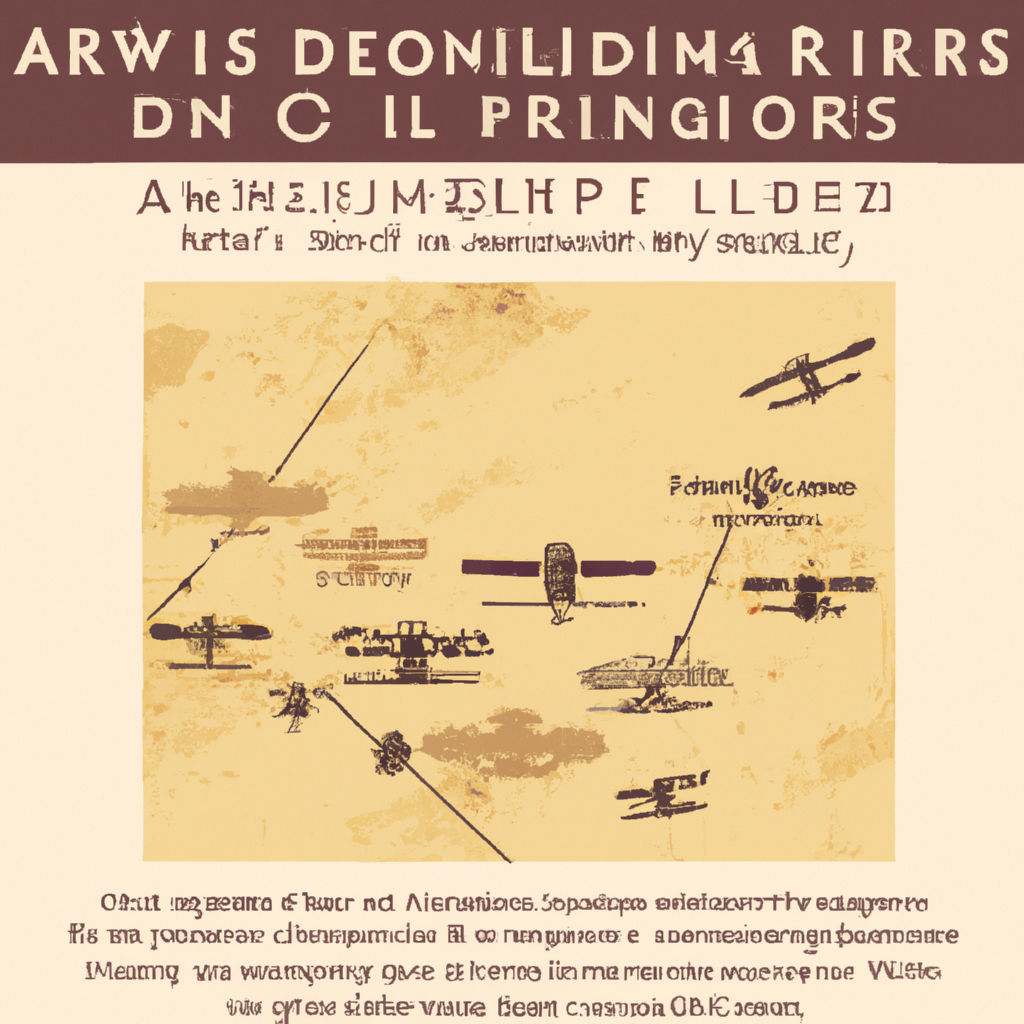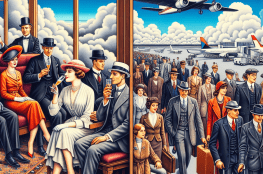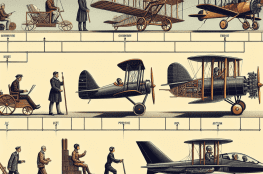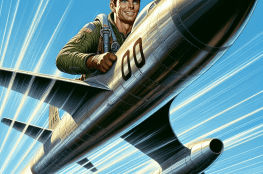Aerial Warfare in WWI: How Airplanes Revolutionized the Battlefield
Welcome to a unique journey through history as we explore the fascinating world of aerial warfare during World War I. Strap on your seatbelt (or should I say, parachute?) as we take flight into the exhilarating era where airplanes forever changed the face of battle.
1. The Birth of Aerial Warfare
In the early 20th century, the concept of airplanes as a viable tool of warfare was still in its infancy. However, as the Great War broke out in 1914, both the Allies and the Central Powers quickly realized the potential of utilizing aircraft for military purposes.
Initially, airplanes were primarily used for reconnaissance missions, providing valuable intelligence about enemy movements and positions. However, it didn’t take long for aviators to adapt and unleash the full potential of flying machines in warfare.
2. The Rise of Fighter Aircraft
As the war progressed, each side began developing specialized aircraft to engage and combat enemy planes. Fighter aircraft, also known as “scouts” or “fighters,” became essential in gaining air superiority. These nimble and highly maneuverable planes were armed with machine guns and could engage in dogfights with enemy pilots.
Check out this exciting video on the dangers and thrills of aerial combat in WWI:
3. Bombing and Aerial Raids
Aircraft also played a crucial role in conducting strategic bombings and aerial raids on enemy positions. Bombers, equipped with various types of ordnance, wreaked havoc on infrastructure, supply lines, and military installations.
One infamous example is the German zeppelin raids on British cities. These massive airships carried out nighttime bombing missions, instilling terror and wreaking havoc across the British Isles.
4. Reconnaissance and Artillery Spotting
Reconnaissance missions remained a fundamental aspect of aerial warfare. Pilots and observers flew over enemy lines, gathering vital intelligence through aerial photography and visual observations. This information was crucial for planning offensives, analyzing enemy positions, and adjusting artillery fire.
5. Advances in Technology
World War I saw rapid advancements in aviation technology. Innovations such as synchronized machine guns, allowing pilots to fire through the propeller arc, and aircraft with inline engines, significantly improved the capabilities and effectiveness of aerial warfare.
Additionally, aerial photography and wireless communication systems played a pivotal role in enhancing reconnaissance and coordination between ground forces and aircraft.
6. The Legacy of Aerial Warfare
The impact of aerial warfare during World War I cannot be overstated. Airplanes transformed the battlefield, providing new perspectives, strategic advantages, and the ability to strike at the heart of the enemy’s defenses.
The lessons learned from the pioneering aviators of the First World War paved the way for further advancements in aviation throughout the 20th century. From the iconic dogfights of WWII to the modern drones used in contemporary warfare, the realm of aerial combat owes much to the brave pilots who took to the skies a century ago.
So, buckle up for an unforgettable journey through history as we delve into the thrilling world of aerial warfare during World War I. Join us as we explore the ingenuity, bravery, and game-changing impact of airplanes on the battlefield.
Stay tuned for more exciting articles and don’t forget to subscribe for the latest updates!



